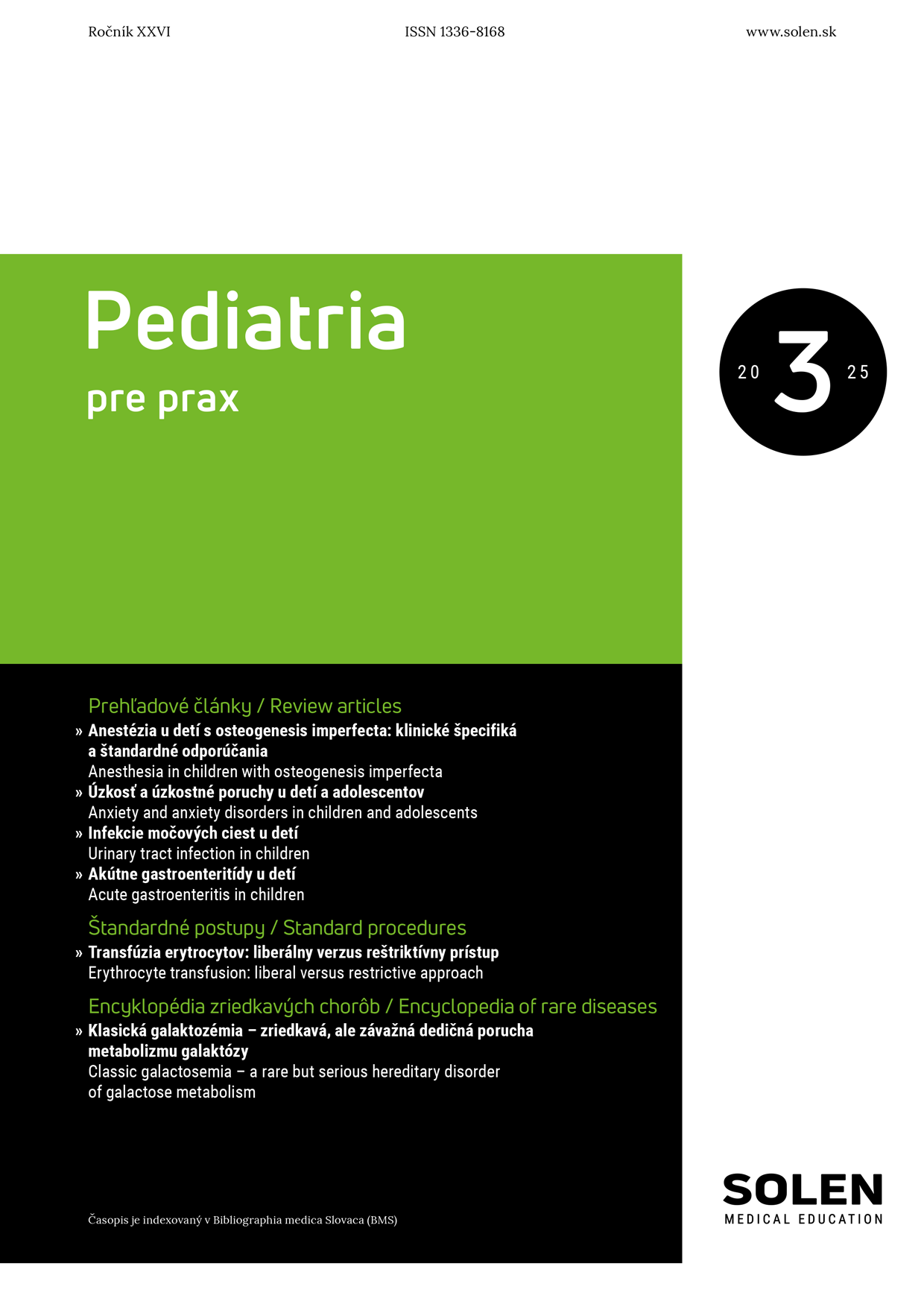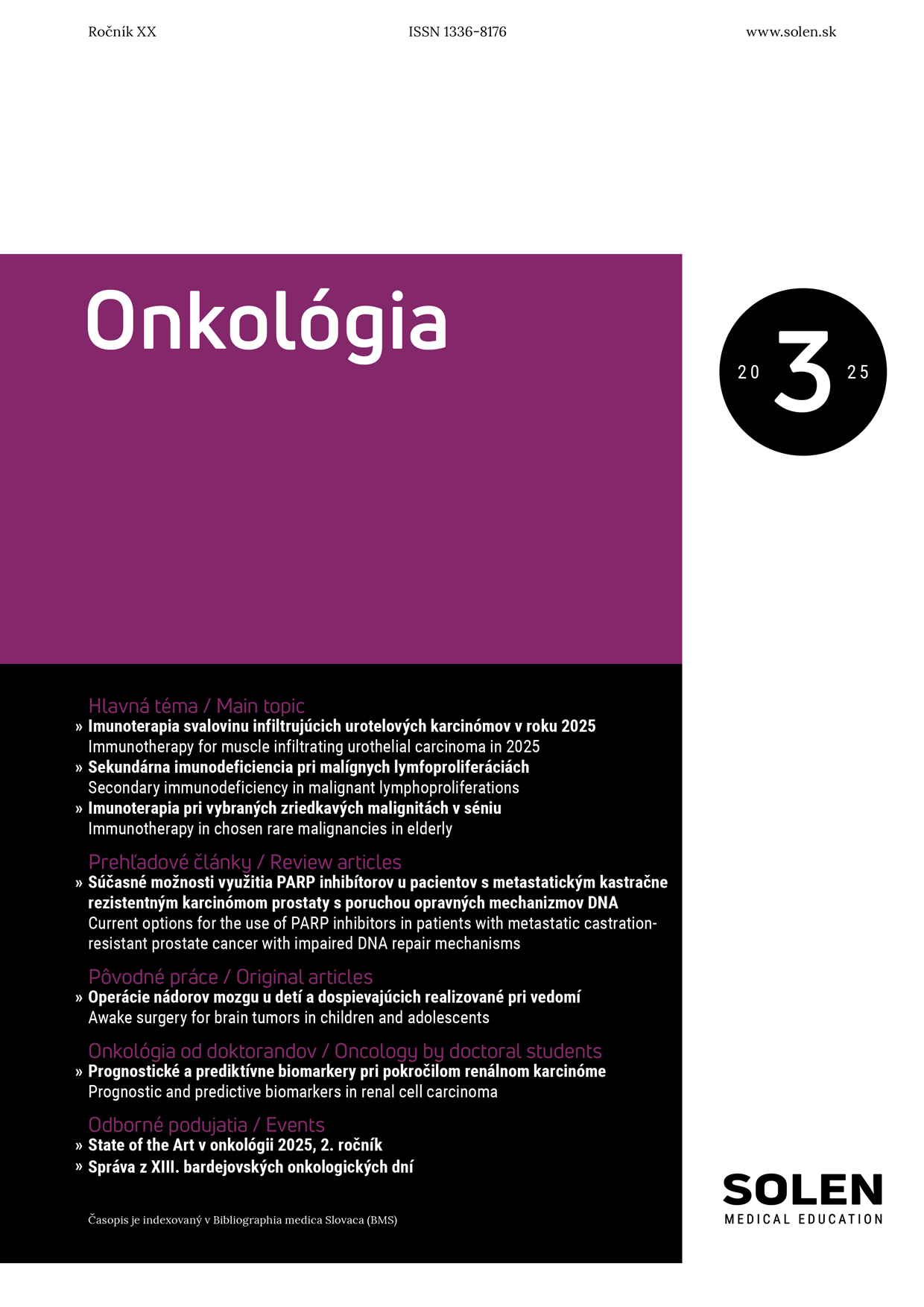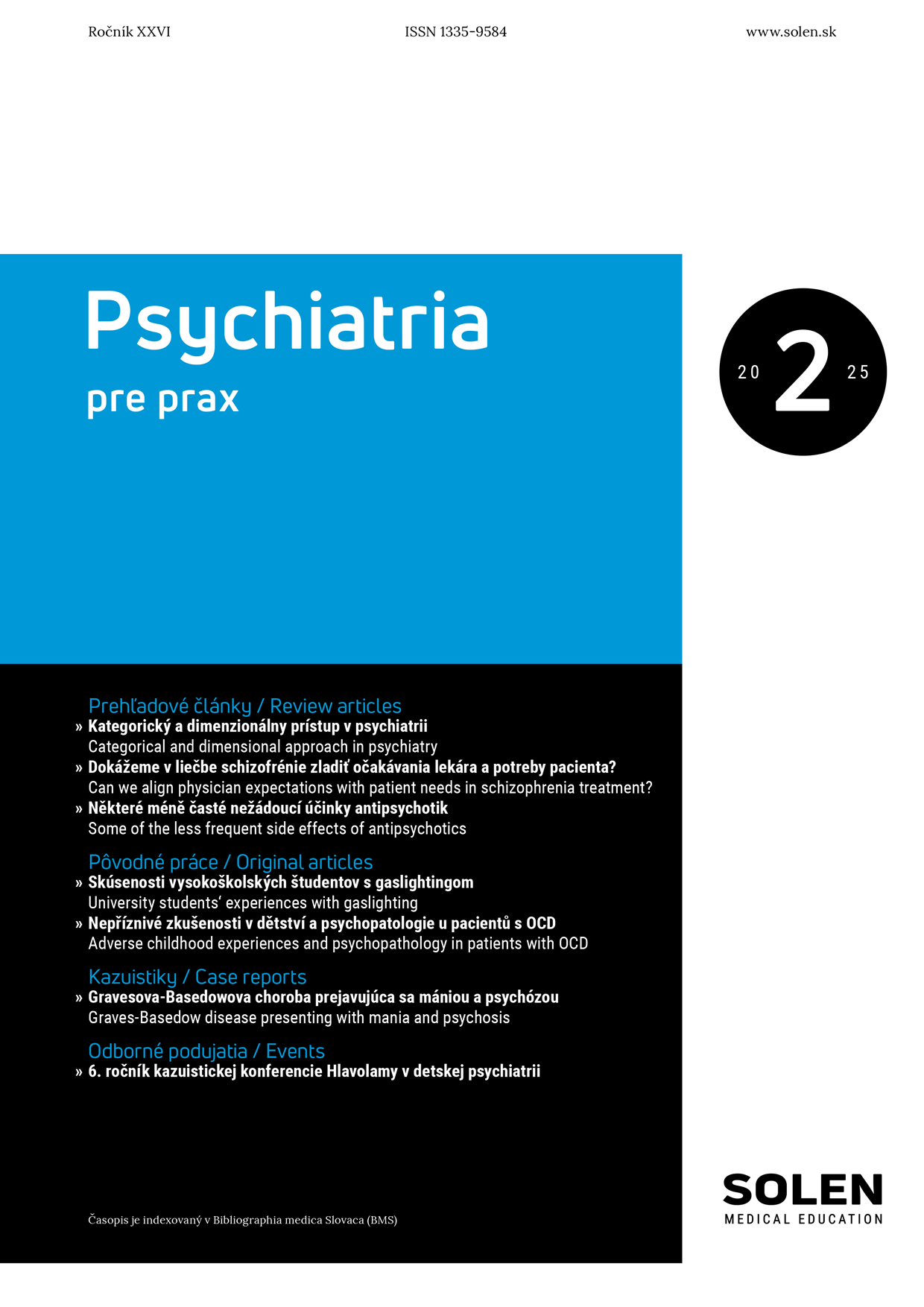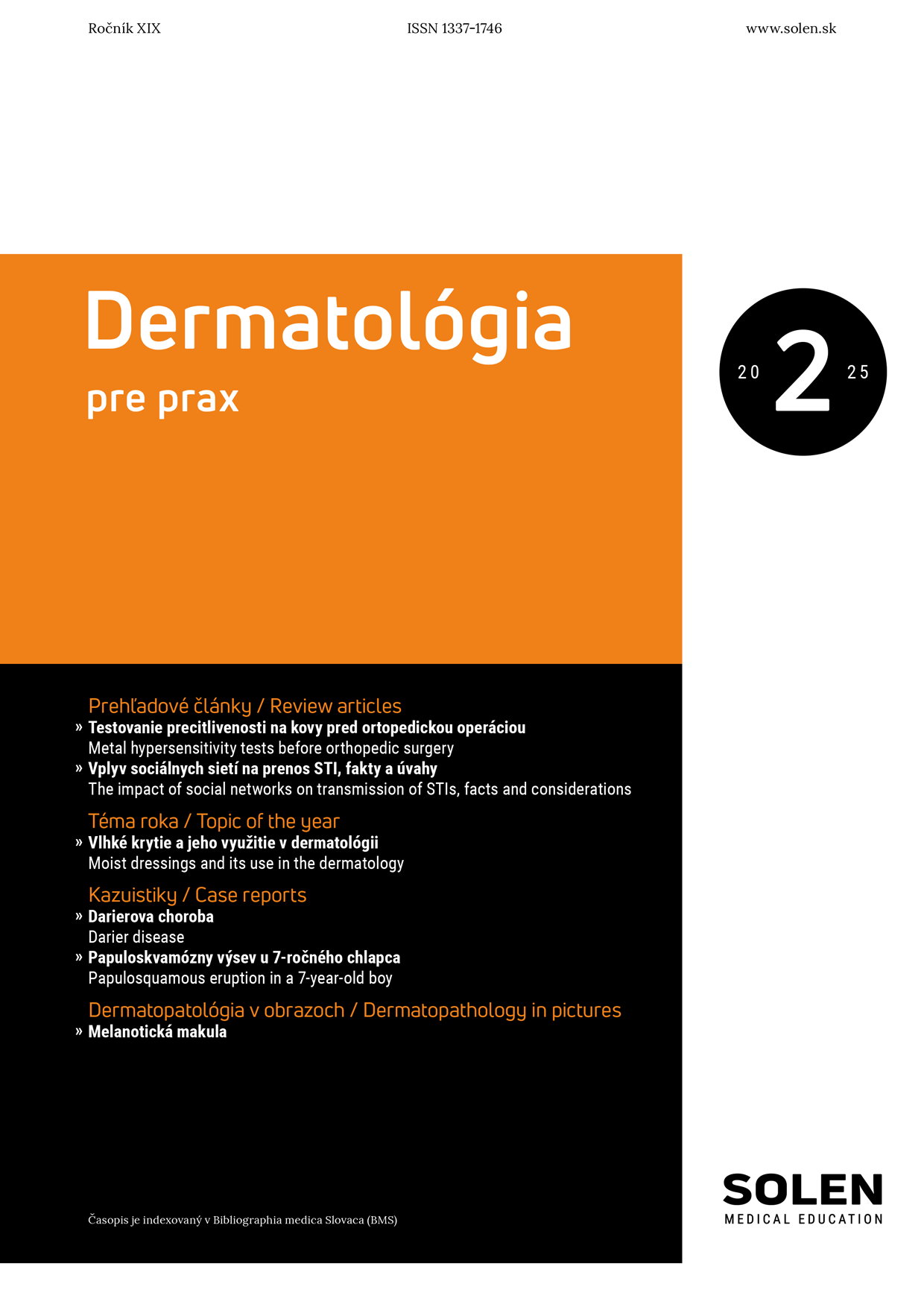Via practica 7-8/2009
Physical exercise – mandatory part of complex dyslipidemia managment
Sedentary lifestyle and overweight are major public health, clinical, and economical problems in modern societies. The prevalence of physical inactivity is higher than prevalence of all other modifiable risk factors. Although the age-adjusted rate of death from cardiovascular disease is declining, the prevalence of cardiac conditions is increasing because of the growing number of elderly people, better acute care and improved survival. A sedentary and unfit way of life leads to increased risk for several chronic diseases, premature mortality and to development of functional limitations of aging. Physical inactivity is one of main modifiable risk factors for cardiovascular disease and other diseases and conditions, including obesity, diabetes mellitus type 2, arterial hypertension, dyslipidemia and malignant tumors. Prevention strategies involve general lifestyle changes (to promote healthy diet, optimal weight, physical activity, moderate or no alcohol consumption, and smoking cessation). The regular practice of physical exercise has been shown to have beneficial preventive and therapeutic effects for improving lipoprotein and lipid levels. Low cost, non-pharmacological lifestyle changes are advocated as a first line of treatment for dyslipidemia as these has been proved by large epidemiological, clinical and experimental trials, studies and observations.
Keywords: exercise, sport, risk factors, dyslipidemia, lipid metabolism

















